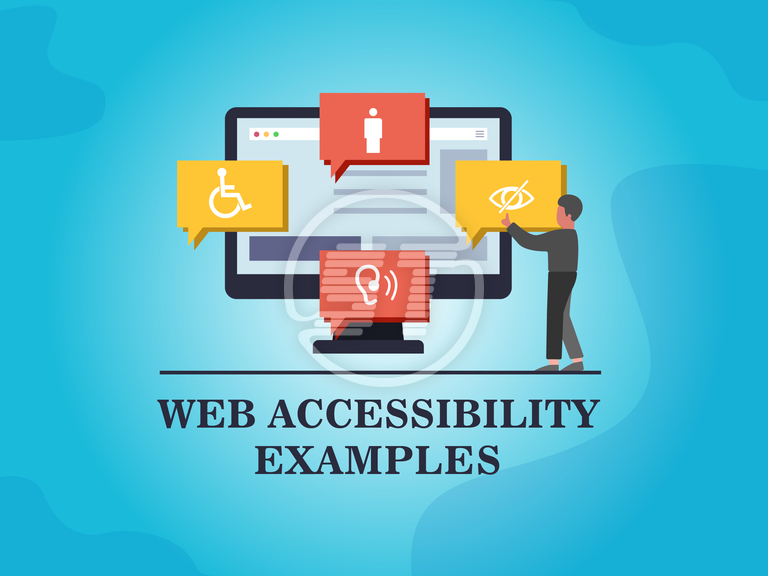Hydra Tech Insights
Stay updated with the latest in technology and gaming.
Web Accessibility: Making the Internet Welcoming for Everyone
Discover how to make the web inclusive for all! Unlock the secrets to effective web accessibility and create a welcoming online space for everyone.
Understanding Web Accessibility: Key Principles and Guidelines
Understanding web accessibility is essential for creating an inclusive online experience for all users, regardless of their abilities. The key principles of web accessibility include Perceivable, Operable, Understandable, and Robust, often abbreviated as POUR. By adhering to these guidelines, web developers can ensure that content is easily accessible to individuals with disabilities, such as visual impairments or motor disabilities. For instance, using alt text for images and ensuring proper contrast ratios can significantly enhance the usability of a website.
To achieve effective web accessibility, it's vital to follow established guidelines such as the Web Content Accessibility Guidelines (WCAG). These guidelines provide comprehensive advice on making web content more accessible. Key recommendations include providing clear navigation, using headings effectively, and enhancing keyboard accessibility. By implementing these best practices, you not only comply with legal obligations but also expand your audience and improve overall user experience, making your site more appealing to everyone.

The Importance of Inclusive Design: Ensuring Everyone Can Access Your Website
Inclusive design is essential in today's digital landscape, as it ensures that individuals of all abilities and backgrounds can access and navigate your website effectively. According to the World Wide Web Consortium (W3C), inclusive design not only benefits users with disabilities but also enhances the experience for all visitors. Implementing features such as text alternatives for images, keyboard navigation, and easily readable fonts can significantly improve usability. By prioritizing accessibility, you demonstrate a commitment to inclusivity, which can foster a stronger connection with your audience.
Moreover, websites that adhere to inclusive design principles often see improved search engine optimization (SEO) outcomes. Search engines prioritize user experience, and accessible websites tend to have lower bounce rates and longer session durations, signaling favorable engagement metrics. For more insights on how accessibility impacts SEO, check the article by Moz. By investing in inclusive design, you're not only expanding your reach to a wider audience but also enhancing your overall site performance.
Common Accessibility Barriers: How to Identify and Overcome Them
Accessibility is a critical consideration in creating inclusive digital experiences, yet many websites still have common accessibility barriers that hinder users from effectively navigating their content. These barriers can include inaccessible navigation, poorly designed forms, and lack of alt text for images. To identify these issues, website owners should conduct an accessibility audit that evaluates key elements such as color contrast, keyboard navigation, and screen reader compatibility. By recognizing these obstacles, site developers can begin the process of remediation to ensure better accessibility for all users.
Overcoming common accessibility barriers requires strategic planning and implementation of best practices. Start by prioritizing WCAG (Web Content Accessibility Guidelines) compliance, which provides a comprehensive framework for making web content more accessible. Consider utilizing tools such as WAVE for automated accessibility checks, alongside user testing with individuals who have disabilities. Furthermore, fostering a culture of accessibility within your organization ensures that considerations extend beyond the development phase, creating a more inclusive experience for your audience long-term.